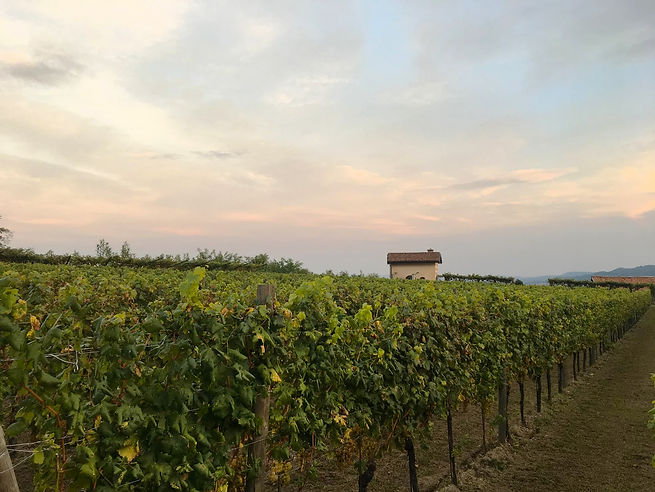Tappero Merlo
Bohémien
Passito Riserva DOCG
2020
Tappero Merlo Bohémien
Tappero Merlo Bohémien is an Italian white dessert wine made from Erbaluce grapes, traditionally produced by drying grapes on straw mats over winter. The grapes undergo Noble Rot before aging for three years in oak and an additional eight years in the bottle.




VINEYARD
Designation
Grape Varieties
Soil
Vineyard Care
Certifications
WINERY
Fermentation
Aging
Alcohol
Serving Temperature
Cellaring
AT HOME
100% Erbaluce
Dessert white wine
80% sand, 15% silt and 5% clay
In the vineyard, no chemicals, herbicides, insecticides, fertilizers are used and a very low use of copper. The grapes are harvested two weeks before the regular harvest in early September.
Certified organic vineyard with some biodynamic practices.
The grapes are placed in an attic for the winter to dehydrate. Botrytis also present on many of the clusters. The grapes are softly pressed in March. Natural fermentation starts slowly in oak barrels.
The wine is aged in different sized oak barrels for three years before bottling. It then rests for a further seven years, gaining complexity in the bottle. Minimal sulfur added only at bottling.
14.5%
50F (10°C)
Up to 100 years
Type

Appearance:
Medium amber.

Taste:
Fig, white chocolate, mandarin orange, tangerine juice, waffle with syrup.
Nose:
Ginger, maple syrup, dried mango, dried pineapple, fig cake, dates, toasted almonds, crème brûlée, cinnamon, molasses, nutmeg.
Pairing:
Squash ravioli, Pâté, cous cous with dates and orange peel, spicy cheeses, white or milk chocolate, pastries with almond, hazelnut, or pistachio paste.
Why We Love This Wine
The origins of Passito wines trace back to Roman times, with Erbaluce Passito being crafted in the Canavese by the same families for centuries. The best grapes are picked early and laid to wither on ventilated racks, ensuring ideal drying. During winter, botrytis dehydrates the clusters and introduces delicate dried fruit flavors. After approximately six months, the grapes are gently pressed, and the wine ages in oak.
Unlike typical post-prandial dessert wines, which may be overly sweet, Tappero Merlo Bohémien is versatile and pairs well with a full meal. Its intriguing flavors can accompany dishes from appetizer to dessert, a hallmark of a great wine. The nose reveals dried tropical fruits, candied citrus, and wildflower honey, creating a warm, enveloping profile with a notable freshness and good sapidity that balance the sweetness typical of a Passito. Additionally, it features dark and citrusy notes reminiscent of Bual Madeira but with lower alcohol content, appealing to both Madeira enthusiasts and dessert wine aficionados.

$59 / 375 ml Bottle


Critics Review
This wine opens like a top-notch Oloroso sherry with roasted hazelnut nuts, wildflower honey, dried apricots and pressed yellow flowers. The palate is rich yet balanced by vibrant acidity that lifts the palate for each successive taste. Aged cheese and roasted nuts scream for this wine.
— Jeff Porter, Wine Enthusiast



About the Winery
Being loyal and respectful to your "terroir" is fundamental to reach original and authentic results. Protecting and saving what was donated to us by past generations is the strongest and most revolutionary act we could do today. These are the philosophies of Domenico Tappero Merlo. He wants to narrate the story of his land through Erbaluce. Bohémien is named after Giuseppe Giacosa, who was the playwright for most of Puccini's operas. He was a great admirer of wines from these vineyards, and owned one himself.
Images Courtesy of Tappero Merlo
